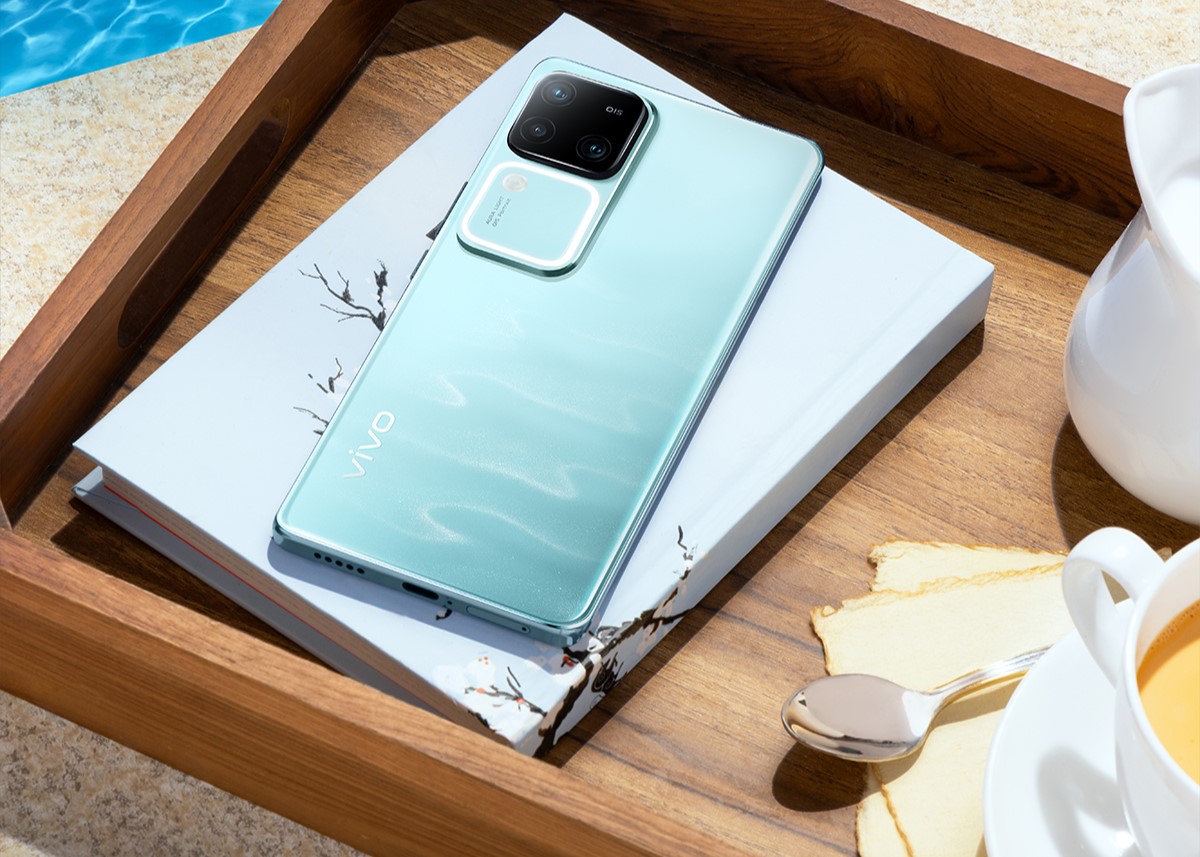Gadget of the Week
Gadget of the Week: Vivo leads in lightweight convenience
The Vivo V30 is like a breath of fresh air, which one barely feels in one’s hand, writes ARTHUR GOLDSTUCK.
What is it?
It is not often a smartphone almost vanishes in one’s hand, it is so light and unobtrusive. The Vivo V30 achieves this through an amazingly comfortable form factor that emphasises both low weight and easy touch.
In the highly competitive mid-high-range smartphone market, it first distinguishes itself with a design that emphasises both aesthetics and comfort. It is engineered to be felt less in your pocket and more in its performance. Within a thin and light frame, the V30 promises a cool blend of technology and usability.
The physical design is the most striking aspect: Weighing just 186 grams and measuring a mere 7.45 mm in thickness, the device is one of the lightest and slimmest in its category. This design choice not only enhances the phone’s portability but also makes it comfortable to hold for longer periods.
The Vivo V30’s 6.78-inch AMOLED display offers a resolution of 2800×1260 pixels, translating to a 453 ppi density – highly competitive for this segment.

This in turn produces crisp and clear visuals, with vibrant colours. Thanks to HDR10+ support, it is ideal for media consumption. The display’s 120Hz refresh rate is great for gaming, ensuring smooth scrolling and responsive touch interactions, which are particularly noticeable when playing fast-paced games or navigating complex apps.
Underneath its elegant exterior, the Vivo V30 is powered by the Qualcomm Snapdragon 7 Gen 3 processor, which a few months ago might have shown commitment to cutting edge performance. However, with the Snapdragon 8 Gen 3 now powering the Samsung S24 range, including the basic model that is in a similar price range to the V30, it suggests shaving costs on elements that are not critical. As it is, the older 7 chip is manufactured on the same ultra-thin 4nm process as the new 8, meaning that it contributes substantially to the slim profile of the device.
Accompanied by 12GB of RAM, as well as 512GB storage, the chipset ensures that the Vivo V30 can handle both everyday tasks and more demanding applications with ease in a lag-free experience.
The Vivo V30’s camera setup includes a primary 50MP sensor, which captures rich detail and dynamic range, alongside a 50MP ultrawide lens that allows expansive shots, geared to landscapes or group photos. An Aura Light Portrait feature, comprising a panel on the rear that delivers better lighting, delivers a claimed 19 times the light emitting area and 50 times the light softness of conventional smartphone flash sensors.
The front camera, startlingly also a 50MP lens, supports high-res selfies with excellent colour fidelity, which makes the V30 a great choice for social media content creators.
The V30 runs on Vivo’s Funtouch OS 14, based on Android 14, which provides a clean, intuitive user interface, with a fair range of customisation options. Vivo promises regular updates to ensure both security and constantly improving user experiences.
Battery life Is good, with a 5000mAh battery that does not overheat the compact device. More important, it supports 80W fast charging, which allows the phone to be fully charged in 48 minutes, keeping downtime under control.
What does it cost?
The recommended retail price of the Vivo V30 is R19,999 but it is available at Cellucity for R18,499.
Why does it matter?
The Vivo V30 is a compelling choice for anyone in the market for a lightweight mid-range smartphone that does not compromise on style, performance, or photographic capability. It combines an ultralight build with a high-performance interior and versatile cameras, making it suitable for a wide range of users. The selfie camera positions it well for content creators.
What are its biggest negatives?
- Limited optical zoom capabilities in the camera.
- Snapdragon 7 chip at a time when Snapdragon 8 is the leading edge.
- Lack of official water and dust resistance ratings.
What are its biggest positives?
- Exceptionally light and slim design.
- Vibrant and responsive AMOLED display.
- Versatile camera capabilities with high-resolution sensors.
* Arthur Goldstuck is founder of World Wide Worx, editor-in-chief of Gadget.co.za. Follow him on Twitter and Instagram on @art2gee.


















